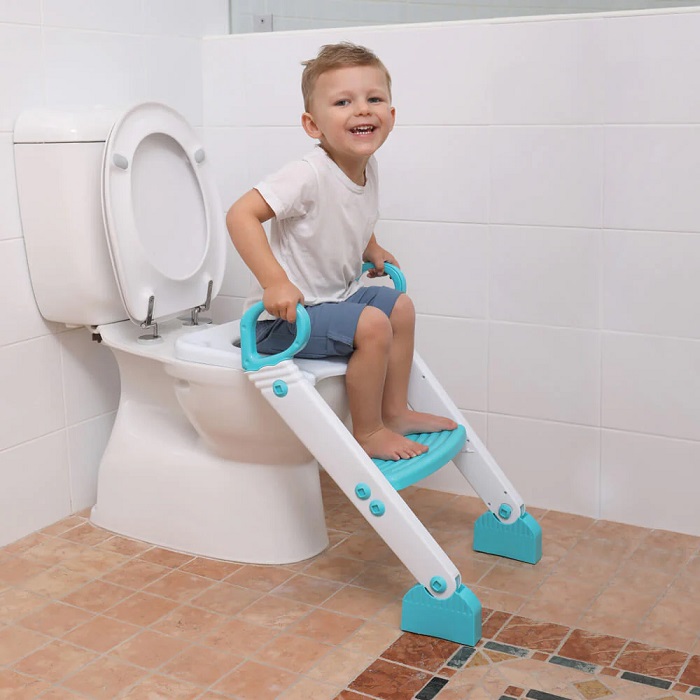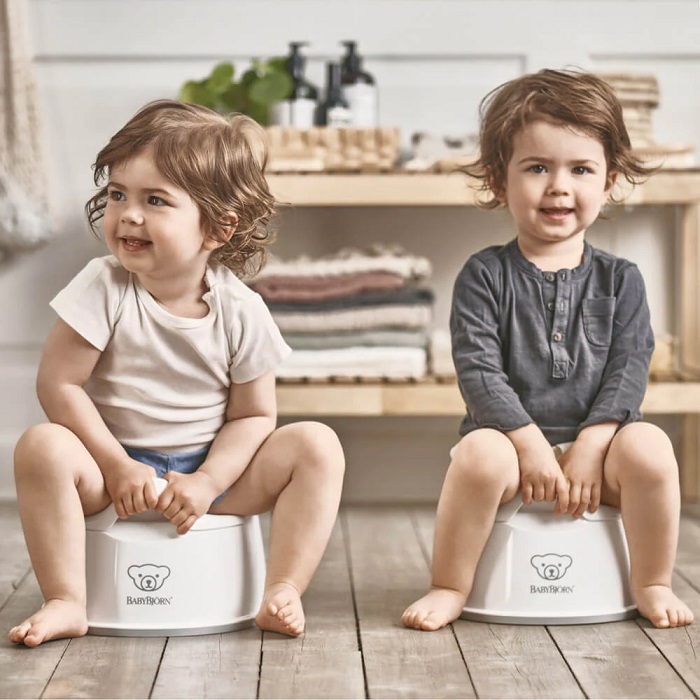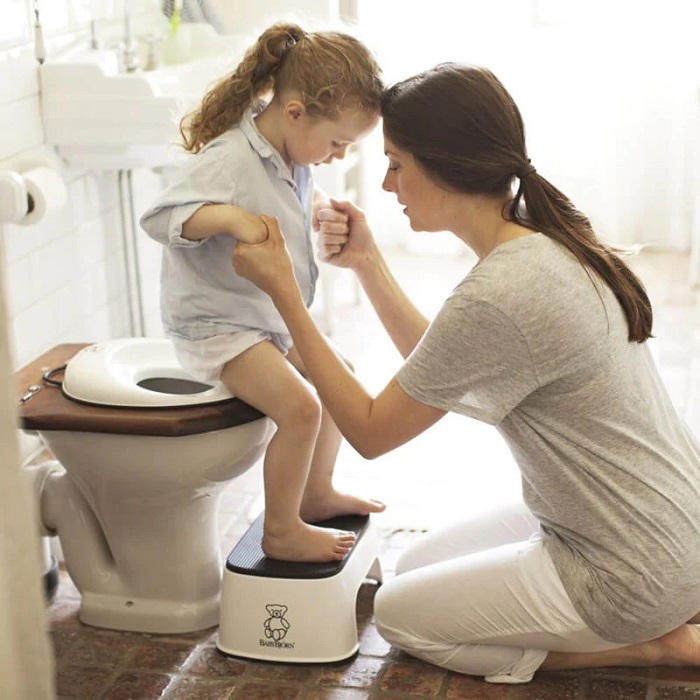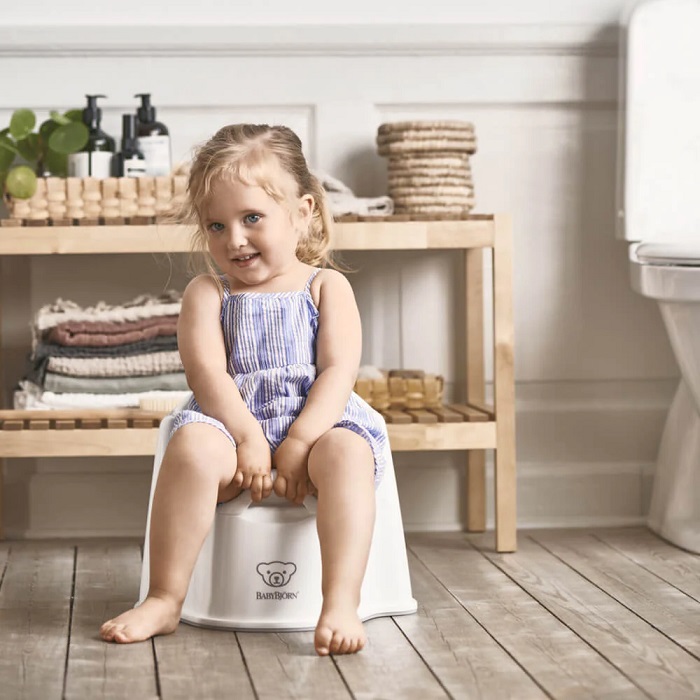Potty training is an important milestone in a baby’s development, but it can also be a challenging and stressful time for parents. However, with the right approach and a dedicated toilet seat for babies, the process can become much smoother and more enjoyable for everyone involved.
Today, I’d like to walk you through the essential steps to take to achieve a stress-free baby potty training experience using a toilet seat. From preparation and introduction of the toilet seat to maintaining a positive environment and troubleshooting common issues, my goal is to give you an insight into some great strategies and help you make potty training a breeze.
Step 1: Prepare for Success

Before diving into potty training, it’s crucial to prepare both yourself and your baby for the journey ahead. Set realistic expectations and create a support plan. Stock up on potty training essentials such as diapers or training pants, wipes, and of course, a dedicated toilet seat for babies. Familiarize yourself with the features and functionalities of the seat to ensure a smooth transition.
Step 2: Introduce the Toilet Seat
Once you have your baby potty chair ready, introduce it gradually. Allow them to explore and become comfortable with it. Start by placing it in a familiar and accessible location within the bathroom. Let your baby sit on it fully clothed, making it a positive and fun experience. Encourage curiosity and playfulness to build a sense of familiarity and comfort with the seat.
Step 3: Establish a Potty Routine
It’s essential to stay consistent when potty training. Establish a regular potty routine that aligns with your baby’s natural rhythms. Take your baby to the toilet seat at predictable times, such as after meals or upon waking up from naps. Use positive reinforcement, such as praising and cheering, to encourage your baby’s progress. Make the experience enjoyable by incorporating interactive books, songs, or toys that your baby loves.
Step 4: Create a Positive Environment

A positive environment is crucial for a stress-free potty training experience. Make the bathroom a welcoming and comfortable space by adding age-appropriate decorations, colourful posters, or stickers. Consider installing a nightlight to alleviate any fears of darkness. Use encouraging and supportive language, emphasizing that potty training is a natural part of growing up. Maintain a calm and patient demeanour to alleviate any potential anxiety your baby may feel.
Step 5: Addressing Challenges
Potty training can present challenges along the way, but with patience and understanding, you can overcome them. Maintain consistency, offer reassurance, and avoid punishment or negativity. Encourage open communication, allowing your baby to express any concerns or fears they may have. By addressing challenges with empathy and flexibility, you can navigate through them smoothly.
Step 6: Gradual Transition to the Adult Toilet
As your baby progresses in their potty training journey, it’s time to consider transitioning to the adult toilet. Gradually introduce a toilet seat insert or a child-sized seat. Allow your baby to observe and become familiar with the new setup before attempting to use it. Offer support and guidance during this transition, ensuring your baby feels secure and confident.
How to Safely Install a Toilet Seat for Babies
Choose the Right Toilet Seat

Before installation, select a toilet seat that is specifically designed for babies. Look for features such as a secure attachment mechanism, non-slip grips, and comfortable padding. Ensure that it is compatible with your toilet model and suits your baby’s age and size.
Gather the Necessary Tools
To install the toilet seat, gather the required tools, such as a screwdriver or an adjustable wrench. Check the packaging or instruction manual to identify any additional tools specific to your chosen seat. Having everything ready will make the installation process smoother.
Clean and Prepare the Toilet
Thoroughly clean the toilet bowl and seat to ensure a hygienic environment for your baby. Remove any existing seat attachments or accessories. Check for any loose or damaged parts that might hinder the installation process. Create a clear and stable surface by removing obstacles from around the toilet area.
Position and Secure the Seat
Place the baby toilet seat on the toilet bowl, aligning it with the opening. Ensure that it is centred and level. Depending on the type of seat, follow the manufacturer’s instructions for securing it to the toilet. This may involve tightening screws, adjusting brackets, or using locking mechanisms. Double-check that the seat is stable and firmly attached, with no wobbling or movement.
Test the Stability

Before allowing your baby to use the seat, conduct a stability test. Gently apply pressure in different directions to confirm that the seat remains secure and in place. If you notice any looseness or instability, revisit the installation process and make necessary adjustments. Safety is paramount, so take the time to ensure the seat is firmly installed.












